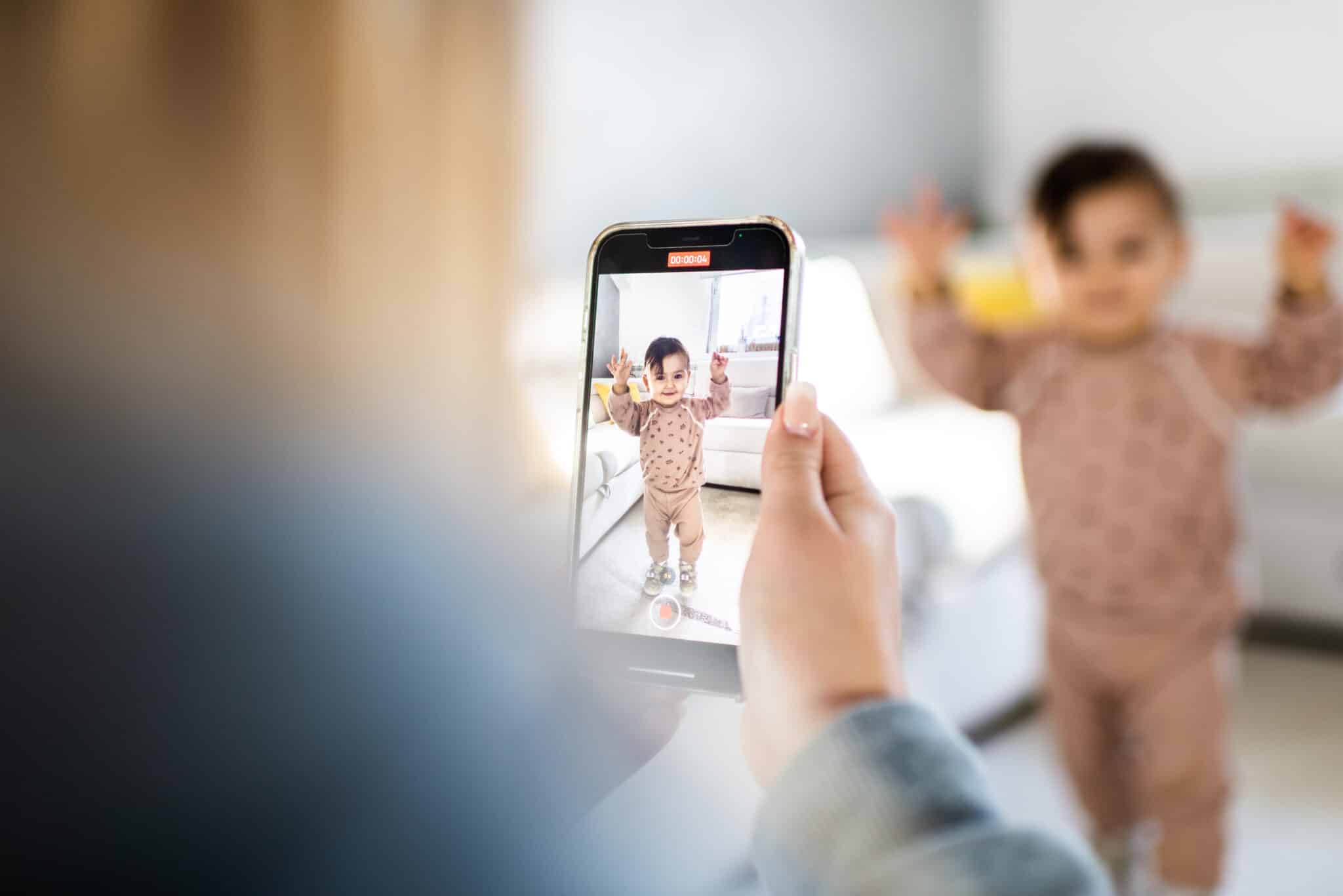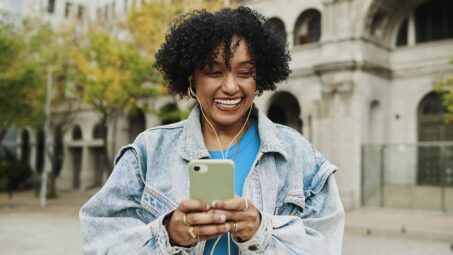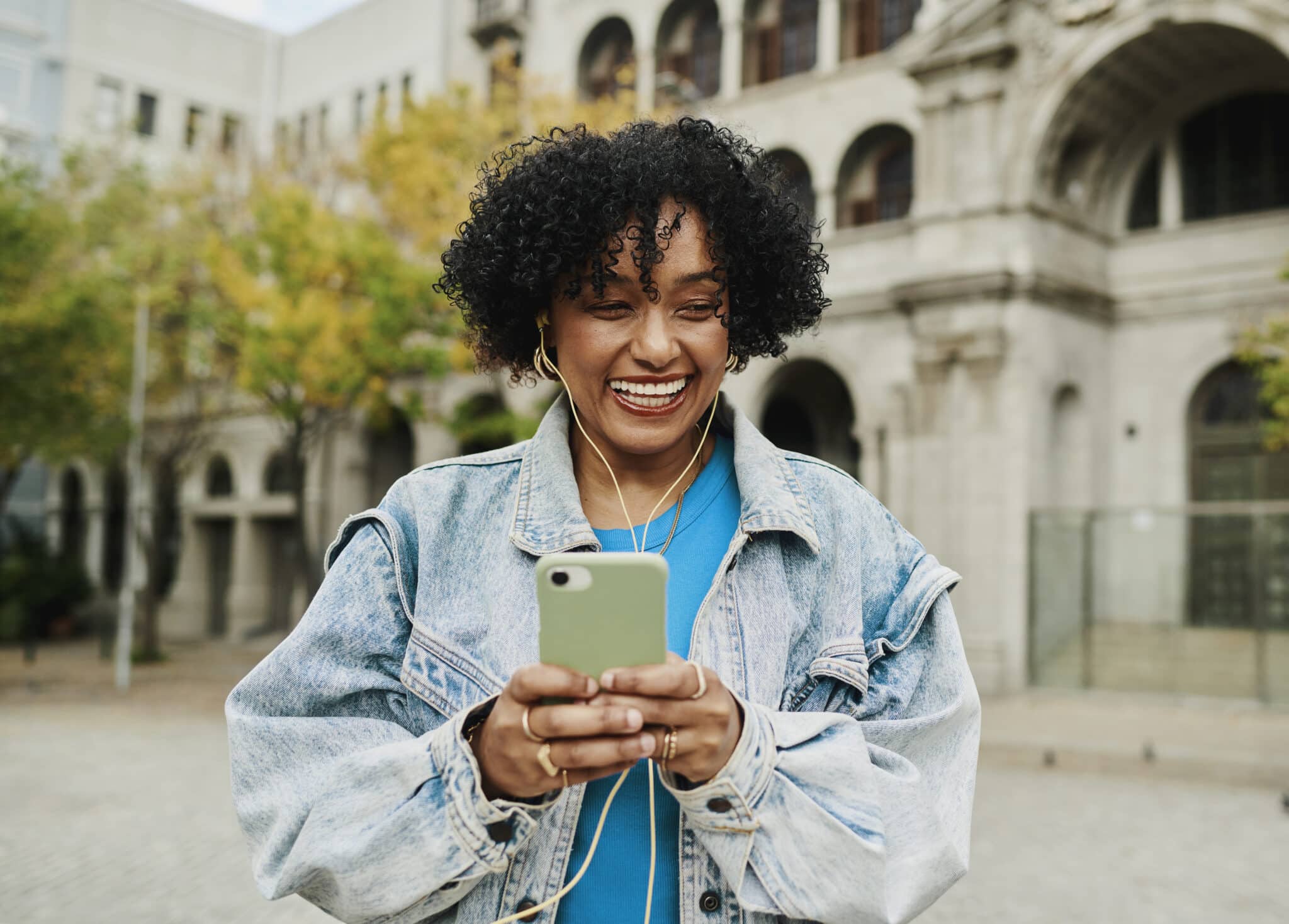In the quest for perfect shots, from sunsets to spontaneous laughs, the best smartphone camera can help you capture the moments that matter most to you. But it’s a familiar struggle: finding a device that captures every moment with precision in any condition.
The smartphone camera market is vast, each option promising the best in photography. But what truly meets your needs?
This guide cuts through the noise, offering clear choices for the best smartphone camera for various photographic scenarios. Whether you’re capturing portraits, taking a quick selfie, or documenting pristine landscapes, we’ve narrowed down the options.
Let’s dive into the best smartphone cameras for every kind of photo.
Choosing the Best Smartphone Camera
Let’s start with the basics. Here are the elements that you should look for in the best smartphone camera:
Resolution
A smartphone’s camera resolution is important because it refers to the detail that the camera can take.
Resolution is measured in Megapixels (MP). And the larger the MP on the camera, the more detailed the photo will be. Today’s smartphone market features cameras with resolutions between 10MP to 64MP, with some models touting resolutions all the way up to 200MP.
Zoom Capability
Zoom refers to the camera’s optical and digital zoom capabilities. Therefore, if you want to take detailed photos at a distance, you’ll want a camera with a high zoom capability.
Optical zoom is achieved by using a camera’s physical lens movement. This increases the focal length and magnifies and enlarges the image within the camera’s view.
Meanwhile, digital zoom crops out a part of the image and enlarges it to display a “closer” shot.
Optical zoom maintains image quality while digital zoom loses resolution as it zooms in further. This is why it’s important to combine both digital and optical zoom to maintain resolution.
Aperture
The aperture is the size of the hole opening on the camera. Aperture is donated by an “f-stop” number. The lower the f-stop number, the larger the hole (and the wider the aperture). As the aperture gets wider, it will let more light into the camera.
Aperture is important for nighttime and low-light photography because it allows you to let in more light, get adequate exposure, and capture more details in the scene.
Wider apertures also have a shallow depth of field which makes them ideal for portraits.
Versatility
Versatility refers to a camera’s ability to adapt to any situation. Features such as front and rear cameras, and high dynamic range (HDR) allow you to shift your camera’s usage to meet its demand in the moment. Dynamic range describes a camera’s ability to capture both bright and dark scenes.
Best Smartphone Cameras for Every Kind of Photo
Let’s take a look at our top five smartphone cameras for every kind of photo:
1. Best All-Around Smartphone Camera: Google Pixel 8 Pro
The Google Pixel 8 Pro is Google’s latest flagship phone. With options for a 50MP main, 48MP 5x tele, or 48MP Ultra-wide, you’re sure to get a versatile phone camera to take pictures for any use.
The phone’s main features include:
- Weight: 187g
- Dimensions: 150.5 x 70.8 x 8.9mm
- Front Camera: 10.5MP
- Rear Cameras: 50MP main; 48MP 5x tele; 48MP ultrawide
- Aperture: f/1.65
The Pixel 8 has a slightly wider aperture than the iPhone 15’s camera to let in more light, which makes it an ideal candidate for night photos. It also has a great 5X optical zoom, which means you can take fantastic “close-ups” and landscapes.
Meanwhile, the front camera only has 10.5MP resolution, which is more than enough for great selfies.
So if you’re looking for an all-around performance camera phone, you can’t go wrong with the Google Pixel 8 Pro.
2. Best Smartphone Camera for Portraits: iPhone 15
The iPhone 15 smartphone camera is the latest and greatest in the lineup in Apple’s arsenal. And photographers will be happy to know the 48MP rear camera with portrait mode is one of the main selling features of this model.
This phone’s main specs include:
- Weight: 6 oz.
- Dimensions: 71.6×147.6×7.8mm
- Front Camera: 12MP
- Rear Cameras: 48MP main, 12MP ultrawide
- Aperture: f/1.8
The iPhone 15 has a dual camera system including a 2x telephoto lens and a 12-megapixel ultra-wide lens. Together, these cameras give you the ability to take high-resolution zoom and wide-angle shots.
While the aperture is slightly smaller than the Google Pixel 8, the iPhone 15 makes up for it with its Portrait mode. Portrait mode allows you to edit the f-stop number to digitally narrow or widen the field of view.
This effect blurs the background and foreground while keeping your subject in focus, giving your portraits the effect that a wide aperture camera would otherwise.
3. Best Smartphone Camera for Selfies: OnePlus 12
The OnePlus 12 smartphone is a new and improved version of the OnePlus 11. Particularly, the upgraded 32MP frontal camera makes the OnePlus 12 shine for selfies.
This camera features:
- Weight: 7.76 oz.
- Dimensions: 164.3 x 75.8 x 9.2 mm
- Front Camera: 32MP
- Rear Cameras: 50MP main, 48MP ultrawide, 64MP 3x telephoto
- Aperture: f/1.6
All in all, the OnePlus 12 holds its own in the camera department. It doesn’t have the same kind of AI-assisted editing features as the Samsung S24. However, the built-in “Pro” mode allows you to easily change settings (shutter speed, ISO, focus etc.) on the fly.
Another plus is that the 32MP frontal camera resolution far exceeds the typical 10.5MP to 13MP cameras of its competitors. So, this high-resolution frontal camera along with the intuitive “Pro” settings makes the OnePlus 12 an ideal pick for taking stellar selfies.
4. Best Smartphone Camera for Landscapes: Samsung Galaxy S24
The Galaxy S24 is Samsung’s latest release in the Galaxy line of smartphones. With three rear cameras, the S24 is capable of high-resolution, ultra-wide shots, and 3x optical zoom—perfect for landscape photography.
The Galaxy S24’s specs include:
- Weight: 5.9 oz.
- Dimensions: 147 mm, 70.6 mm, W 7.6 mm
- Front Camera: 12MP
- Rear Cameras: 50MP main, 12MP ultra-wide, 10MP telephoto
- Aperture: f/2.2
The Samsung Galaxy s24 is a slightly upgraded version of the S23. And one of its main upgrades is its 3x optical zoom, which outshines the 2x zoom of the competing iPhone 15.
Improved optical zoom combines with digital zoom capabilities to maintain clarity and sharpness up to a 10x total zoom, giving you the ability to capture far-off scenes or intense close-ups.
Additionally, the 12MP wide-angle camera gives you more than enough resolution to capture scenes in their entirety.
The S24 has some pretty nifty built-in AI editing features, too, such as automatically removing shadows and adding background blurs.
All in all, the Galaxy S24 sports one of the best phone cameras on the market. So, if you want a versatile smartphone exclusively for landscape photography, the combination of high-resolution zoom, ultra-wide capabilities, and convenient editing make the Galaxy S24 a solid pick.
5. Best Smartphone Camera for Nighttime or Low Light: Google Pixel 7a
The Google Pixel 7a is the upgraded version of the Google Pixel 6a. And with its one main 64MP front camera and an f/1.9 aperture, you can capture nighttime and low-light photos with confidence.
The Google Pixel 7a features:
- Weight: 6.8 oz.
- Dimensions: 152 x 72.9 x 9 mm
- Front Camera: 13MP
- Rear Cameras: 64MP(wide) + 13MP (ultra wide)
- Aperture: f/1.9
Though the Google Pixel 7a is Google’s bargain alternative to the Google Pixel 8, Its wide aperture at f/1.9 allows it to let in plenty of light for night shots. Also, the high-resolution front camera has more than enough detail to take high-quality photos.
One drawback is that the camera only has a digital zoom of 8x which can look blurry compared to the 3x optical zoom of the Galaxy S24.
Overall, the Google Pixel 7a gives you above-average performance in nighttime and low-light settings. So if you’re looking to take some great shots at night on a budget, the Google Pixel 7a may be for you.
How to Get the Most Out of Your Smartphone Camera
Once you’ve chosen the right smartphone camera for you, it’s time to start taking pictures. Follow these tips to make sure you get the most out of your camera’s features:
Understand Your Camera’s Features
Make sure you understand all your camera’s features before attempting to capture your life’s crucial moments.
Start by familiarizing yourself with the settings available in your camera app. Then, experiment with different modes such as Portrait, Night, and Pro to see how they change the outcome of your photos.
Another important tool is knowing when to use high dynamic range (HDR). This can dramatically improve the quality of your shots by balancing the light and dark elements of your photo.
Lastly, exploring the manual settings such as International Organization for Standardization (ISO) sensitivity, shutter speed, and aperture will give you greater control so you can capture the perfect shot without relying on post-production.
Keep experimenting to find the best features for your needs. The more you practice, the better your photographs will become.
Consider Lighting
Lighting is one of the most important aspects of photography. Good lighting can take your smartphone photos from amateur to professional-grade with a little effort and know-how.
Here are a few lighting tips:
- Always try to use natural light. It’s best to shoot photos during the golden hour—shortly after sunrise or before sunset—when the light is softer and warmer.
- Avoid direct sunlight around noon, as it can create harsh shadows and overexposed spots.
- If you’re taking photos indoors, try positioning yourself near a window to take advantage of natural light.
- For night photography, use your phone’s night mode to help capture clear and detailed shots.
Keep experimenting with different light sources and understand how they affect your photos.
Use Post-Editing
Post-editing is a powerful tool to enhance your smartphone photos. Many smartphones come with built-in photo editing tools that can adjust brightness, contrast, saturation, and more. Learn to take advantage of these to put the finishing touches on your smartphone photos.
Here are a few post-editing tips to get started:
- Start with the basics by adjusting the exposure and color balance to make your photo look as natural as possible.
- Experiment with cropping and straightening tools to improve the composition. Sometimes, a slight change in perspective can make a big difference.
- Use filters and effects sparingly. While they can add a unique touch to your photos, overuse can detract from the natural beauty of your shots.
Don’t forget: The goal of post-editing is to enhance your photos while keeping them looking authentic.
Choose the Best Smartphone Camera to Capture Life’s Greatest Moments
Hopefully, this guide has given you some understanding of what to look for in a great smartphone camera. All the top smartphone cameras have their pros and cons; that’s why it’s important to define your needs and get the best camera for the job.
So, whether you’re after great landscape photos, easy editing, enhanced zoom capabilities, or just want a versatile camera for everyday use, one of these cameras has got you covered.






